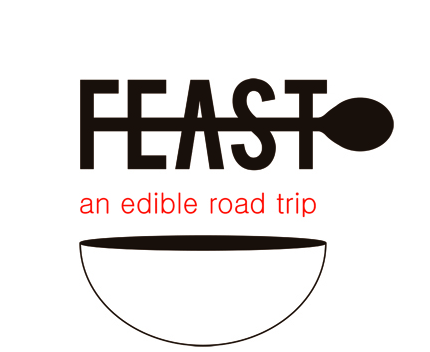Sri Lankan Sweets in Kandy
Two great things: discovering new ways to eat sweets, and learning from experienced cooks.
During my time in Sri Lanka I was taught how to cook on many occasions, and only half the time did my teachers and I share a common language. Our respective abilities to comprehend English and Sinhalese didn’t matter much, because that’s the thing about learning to cook - ultimately, you just have to be capable of watching attentively, and eating. I am capable of both, and particularly strong when it comes to the latter.
One afternoon in Kandy, a friend of our guide named Athula welcomed us into his home, along with his wife Nayana, his sister-in-law, and several more of their friends. For weddings or special occasions, these women get together, and over several days make hundreds of traditional sweets to be enjoyed at the gathering. That day, they very graciously showed up and squeezed all that work into one afternoon, just for me.
Cooking took place between the kitchen, with its large, spice-covered table, and the outdoor area with an open wood-burning fire. Working together, these five women were a model of efficiency, a tightly-knit team happy to share its secrets. Much of my ‘contribution’ was pure observation, and I quickly noticed a pattern: for each dessert that was prepared, one woman became the obvious leader, with the others quietly supporting her in every way possible.
She need only hold out her hand, and a spoon was ready; the fire, which fuelled most of the cooking process, never lacked wood; and every dish was washed and put away as soon as it was no longer needed. They were maddeningly capable and yet moved so casually, never once breaking a sweat despite the humidity and open fire. I, on the other hand, spent half my time parachuting my dress away from my hot legs, and wiping sweat off my forehead to ensure I didn’t accidentally season the food.
We (and I use the term ‘we’ loosely, since they did most of the work) prepared five different sweets that afternoon: mung kavum, undu walalu, welithalapa, aluwa, and kokis. Most, in one way or another, involved freshly-prepared coconut and white rice, which was pounded down into flour the hour before with an enormous pestle and mortar.
The process for mung kavum was painstaking: it first involved making a dough of mung bean flour, white rice flour, and black treacle (which is like the maple syrup of Sri Lanka, made from the sap of the kithul palm).
Once formed, the dough was rolled out, then carefully cut into diamond shapes.
Next, a batter was made with egg, rice flour, turmeric, coconut milk, and a pinch of salt.
Each diamond was dipped in the batter, then deep-fried in coconut oil over the wood fire.
Next up was undu walalu, which reminded me of the honey-soaked sweets I ate in Greece. Dough was made from a paste of soaked and ground urad dhaal beans, rice flour, salt, and thick coconut milk, all of it mixed to the consistency “of a well mashed potato.” Next, it was spooned into a special round cloth with a reinforced hole at its centre, then squeezed in coils into a pan of hot coconut oil and fried to a deep golden brown.
Once cooked, the pastries were transferred to a pot of hot treacle, where they soaked up the honey-like syrup. The finished result was a crunchy, oily, sticky, and uber-sweet snack. I ate one too many, and got a headache. It was totally worth it.
Welithalapa was made up of pittu (a steamed mixture of scraped coconut, salt, and rice flour) mixed in a pot with caramelized sugar, spices, and treacle.
They scooped it out onto a banana leaf-lined basket, and allowed it to cool before being cut into squares.
Aluwa were similar, but were made with ground cashews, and pressed into a wooden mold to create shapes.
The most fascinating preparation to watch was for the kokis, a type of unsweetened cookie. Coconut milk, rice flour, turmeric, salt, and an egg was mixed up while a pan of coconut oil heated over the fire. Next came the very delicate process of frying the cookies: a butterfly-shaped mold was first dipped into the hot oil, carefully lowered into the batter, then put back into the oil.
As the batter began to fry, the cookie slipped from the mold and continued cooking, somehow managing to maintain its incredibly delicate structure.
It requires a great deal of skill patience to fry the kokis properly, since (as I discovered) there are about 1001 ways to screw them up.
We ate the sweets all afternoon as they were prepared, and then again with tea once the ‘buffet’ was ready. Just as I began to worry I’d tip over from fullness, our very generous hosts insisted we stay for dinner, so we followed up our dessert with a very large meal of curry. I left smelling of smoke and treacle, SO FULL of food, and feeling honoured to have witnessed the women’s quiet yet brilliant ability to collaborate.
Just call me caloried-up and inspired!
-LA
*This is part of a series of posts I'm writing for World Nomads, as part of their incredible Passport and Plate program. Read about it and their other scholarships here!

